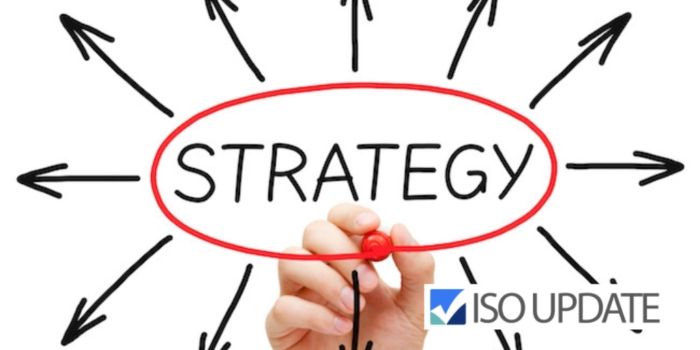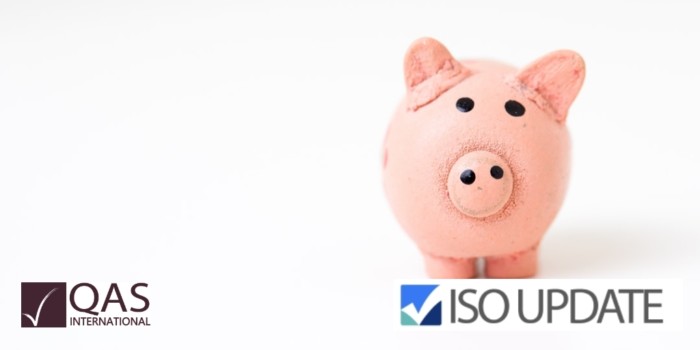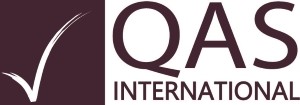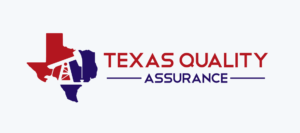The certification process for ISO 9001 requires an extensive external audit to ensure the requirements of the standard are being met and the company is conforming to the standard and their own Quality Management System (QMS). For an organization to succeed in these stages of audits, it is crucial to ensure they are implementing the system according to the standard and their businesses needs, not simply using blanket statements to satisfy the auditor. Your organization should strive to set up an effective management system that will help your business thrive.
What is the Purpose of an Effective QMS?
The overarching purpose of a quality management system is to ensure your business is operating effectively, and in a way that not only sustains itself using smart practices but produces goods and services of the highest quality.
For an example of how a QMS can help your business use better practices to achieve quality results, let’s explore ISO Standards and Training. Your business needs to be dynamic in nature, as processes and procedures are constantly changing alongside a changing market. Your team needs to be adaptive and so do your processes.
ISO 9001:2015 has an increased emphasis on Management Reviews, which should be a cause for celebration, not concern. This is where your staff members can demonstrate to their management better modes of operation that allow them to make superior products and present these to upper management. It is during these reviews that upper management should be reviewing the evidence and crunching numbers to determine if old practices or “the way it’s always been done” is truly the best course of action in this expanding global market. If it’s not, management needs to review their process and determine the best course of action for improvement.
This improvement can be provided through external learning as well as company training programs. These training activities could be development sessions or team-related activities and are great opportunities to communicate your organization’s commitment to employee growth and ideas and demonstrate what your company needs from each employee.
What to Consider When Setting Up Your QMS
No two quality manuals should ever be the same. This is because no two businesses are the same. Even within a multi-site operation, your two locations operate with different sets of shared experiences, successes and hardships that need to be considered when you set up your processes.
For example, if you run a multi-site operation with one location providing mostly warehouse operations, and the other providing office and administrative duties, you should not have the same manual dictating hiring needs. The training requirements for your warehouse could be far more extensive and may even be legally mandated compared to those who work in the administration buildings. You might also need different onboarding training to follow, as warehouse workers might need to be trained for ergonomics differently than those who spend 8 hours at a desk.
You don’t treat the hiring processes the same, so don’t assume your whole process manual can be the same.
It is here in the process that you may want the help of a consultant. Consultants should be seen as an important resource for your organization, even an extension of your own team, who take the time to learn about your unique situations and develop a plan alongside you that not only follows the standard you are looking to certify to, but also pushes your organization towards continued and sustainable growth. If you have an internal quality department, consultants can also act as an impartial team member to help your organization prepare for your certification audit.
Another thing to consider when setting up your QMS is not to be afraid of NCR’s and OFI’s. Non-conformities and opportunities for improvement should be celebrated in the early stages of your certification journey. You want to find holes and problems from your consultant and internal auditors, and you do not want to hide things from your auditor. It is here that you can discover problems and implement solutions prior to your third-party certification audit. Use these audits to switch your mindset of the audit process.
So, how can you ensure your QMS is effective? Easy, don’t assume copying-and-pasting another organisation’s manual will help. If you state in your manual that you perform a process a certain way, and if in practice you don’t follow that process, well that’s an NCR. Write your manual specifically for your organization, either through your own internal quality department, or with the help of a consultant, or both. Use audits as a way to grow, not as a way to stress. And lastly, use management reviews to grow your business, not waste your time. Time is money they say, so be mindful how you are using management review meetings.
Some food for thought: Effective management systems will do nothing but help your organization, but an ineffective management system is the reason organizations don’t like ISO 9001. Consider this when you are pitching the idea of implementing an ISO Standard to your organization.













